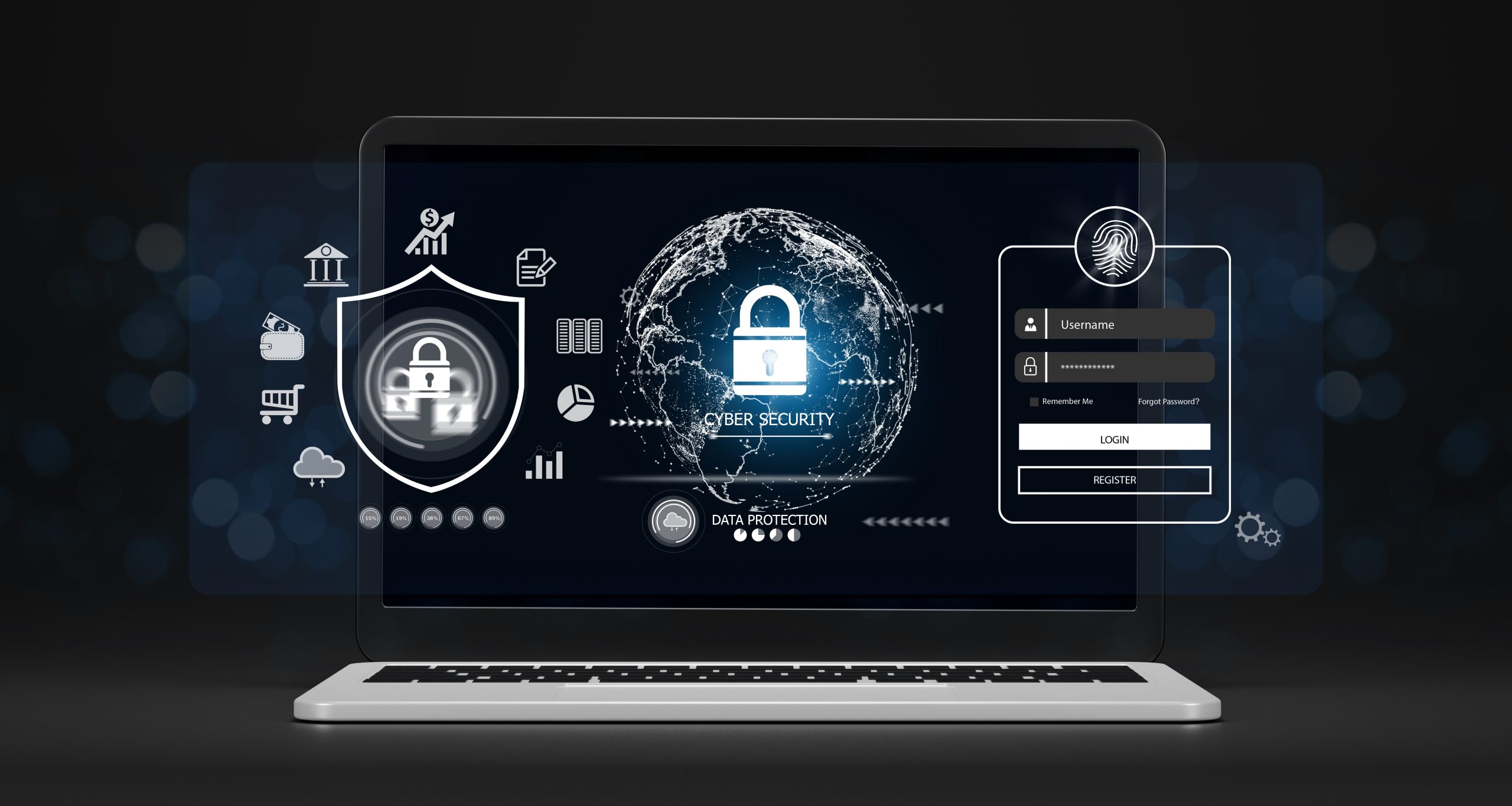
1. Introduction
Welcome to our deep dive into Content Delivery Networks (CDNs) and their role in performance optimization. We’ll explore how CDNs can improve website performance and user experience, analyze their role in e-commerce and mobile optimization, uncover their potential contribution in 2024, and offer insights on how to choose the right CDN. Ready? Let’s get started!
1.1. The Importance of Website Performance and User Experience
Website performance is crucial for online business success. Prioritizing performance leads to enhanced user engagement, increased customer satisfaction, and higher conversions. Restoration of slow load times decreases bounce rates and boosts potential revenue.
Delays in page load times can impact user experience negatively, resulting in a high bounce rate and lower conversions. A website taking longer than three seconds to load can lead to over a 50% increase in bounce rate. Fast load times are therefore not just a luxury, but a necessity for every successful online business.
Implementing CDNs can remarkably enhance performance and user experience, leading to increased conversions and robust business growth.

1.2. What Are Content Delivery Networks (CDNs)?
CDNs are collections of global servers working to speed up web content delivery. They ensure swift and smooth functioning of your website, no matter where your users are.
CDNs improve performance globally through their architecture – they duplicate your website content and store it across various servers (a process known as ‘caching’). This process reduces latency, leading to quicker page loads and enhanced user experience.
Additional Benefits of CDNs are consistent performance across different regions, increased security measures, and enhanced website scalability. Therefore, considering a CDN might be the necessary booster your digital strategy needs.

2. Understanding CDNs
So, you’ve launched your website or app and users are logging in from around the world. Yet, many users far from your servers face long load times and abandon your site out of frustration. This common issue can be resolved by implementing content delivery networks (CDNs). Businesses big and small are utilizing CDNs for swift, reliable, and scalable content delivery. But what exactly is a CDN and how can it enhance your website’s performance? Let’s dive in to understand the magic of CDNs and their crucial
2.1. How CDNs Work
CDNs deliver high-speed access to your favourite websites, regardless of your global location. They achieve this efficiency through their distributed network of servers, vastly reducing the distance between you and the content you desire.
Importance of Caching Mechanisms
CDNs use caching mechanisms to expedite content delivery, mainly through edge servers storing cached versions of website content. This allows CDNs to serve content from the nearest edge server, reducing page load time significantly.
Reducing Distance Between Users and Content
With servers strategically placed worldwide, CDNs help overcome the frustrating delays caused by content distance. They store content closer to the users, providing a faster, consistent service, regardless of your location.
Ensuring Reliable Content Delivery and Security
CDNs offer more than just speed. They also offer reliability through mitigating factors causing downtime such as traffic overloads and security against threats like DDoS attacks.

2.2. Benefits of CDNs
Now let’s take a closer look at how CDNs, especially caching at the edge, can enhance your user experience.
Reduced Load Times
CDNs significantly reduce website load times. Caching at the edge ensures rapid content delivery, which boosts user satisfaction, engagement, and conversion rates.
Improved Reliability and Availability
CDNs enhance the reliability and availability of your website, even under heavy traffic. They also ensure continuous, uninterrupted access to your site for users worldwide.
Boosted Scalability
As your online presence grows, CDNs efficiently handle increasing traffic volumes, ensuring your website remains scalable, accessible, and user-friendly.
Enhanced Security
CDNs also boost your website’s security with features like SSL/TLS encryption and DDoS protection, ensuring the safety and integrity of user data. Cloudflare’s edge caching is a prime example, integrating performance enhancement with robust security features.

3. Impact of CDNs on E-commerce User Experience
3.1. Enhancing Performance
There is a direct correlation between webpage load times and conversion rates. Research indicates that a one-second delay can lead to a 7% drop in conversions. For e-commerce platforms, this can significantly impact profitability. CDNs address this issue by optimizing load times. They distribute your content globally, thereby reducing the content delivery path. The result is faster load times and an increase in conversion rates.
Case Studies of E-commerce Platforms Benefiting From CDNs
From real-life case studies, it’s apparent that CDNs are indeed indispensable for improving website performance and user experience. As e-commerce platforms around the globe have found out, the CDN implementation can lead to notable improvements. The success stories of Etsy and Shopify, for instance, illustrate this point:
- Etsy, a famous market platform for creative goods, incorporated CDN, and they reported a significant 20% reduction in page load times. This enhanced user experience translated into higher conversion rates and an impressive increase in sales.
- Shopify, a leading e-commerce solution provider, extended its global reach by implementing a CDN, and it has paid off tremendously. The result? Increased access speed and better loading time for all store fronts across different geographical locations. Most notably, bounce rates decreased substantially leading to a boost in global sales.
These real-world examples demonstrate how businesses manage to provide fast, seamless user experiences even during high traffic volumes, resulting in increased customer satisfaction and improved revenues. In choosing a CDN, it’s essential to consider these success stories and align the choice with your unique business needs.
3.2. Security Enhancements
Website security is crucial for a stellar user experience. A CDN provides fundamental security enhancements to combat cyber threats and data breaches, instilling trust in your users. Let’s dive into these features:
Mitigating DDoS Attacks
CDNs shield your website from Distributed Denial of Service (DDoS) attacks, by distributing traffic among numerous servers, thus ensuring legitimate users can still access the site.
Web Application Firewalls (WAFs) and Bot Protection
With WAFs, CDNs filter out harmful web traffic (like SQL injections or cross-site scripting attempts), while bot protection distinguishes useful bots from malicious ones.
Building Trust Through Secure Content Delivery
Trust is fostered by CDNs using SSL/TLS encryption, providing secure data transmission and assuring users they are interacting with a trusted site.
To conclude, a Content Delivery Network enhances user experience and overall performance with robust security features in a world where digital security is paramount.

3.3. Consistency Across Geographies
Providing a consistent, high-quality user experience across the globe poses some challenges, but through the use of Content Delivery Networks (CDNs), this goal is easily achievable. Let’s explore how.
Delivering a Seamless User Experience Globally
CDNs use globally distributed servers to ensure fast access to websites, regardless of the user’s location. They cache static content close to the user, significantly reducing latency and boosting website performance. It functions much like having your favorite international dishes delivered fresh to your door, no matter the distance.
Overcoming Diverse Audience Challenges
A world-wide audience brings diversity in connectivity speeds, device capabilities, and user expectations. CDNs bridge this gap using high-speed data transfer, caching rules, and robust security measures. They cater to internet users across the board, from high-speed urbanites to those in regions with limited connectivity.
By mitigating security threats like DDoS attacks, CDNs also foster user trust and bolster brand reputation. Such capabilities ensure a near-identical website experience for users, promoting user satisfaction on a global scale.

4. Mobile User Experience
The boom in mobile internet traffic demands efficient strategies for quality user experience. One crucial solution is the Content Delivery Networks (CDNs), which address numerous mobile user challenges including slow load times, fluctuating connectivity, and limited data plans.
4.1. Mobile Content Delivery Challenges
Despite technological advancements, mobile device content delivery still faces various hurdles. These include network latency, screen size limitations, and inconsistent internet access, which can significantly affect the user experience.
4.2. Role of CDN in Mobile Load Time
CDNs can significantly lower mobile web page load times. They achieve this by storing cached versions of websites on geographically closer servers, thus reducing data travel time – a great boon for mobile users. Additionally, techniques like file compression and minification ensure a faster, smoother mobile browsing experience.
4.3. CDN and Responsive Design
CDNs boost your responsive design strategy – an approach that ensures optimal experience across varied devices. They efficiently deliver varied content – text, graphics, scripts, and media files – ensuring mobile users view contents that are scaled and formatted for their devices, enhancing user engagement.

5. Advanced CDN Features in 2024
Website performance issues can be tackled using a CDN. The ever-evolving environment of the digital world makes CDN crucial.
5.1. AI and Machine Learning Integration
Advanced CDN features include predictive content caching to decrease load times, personalization tailored by user habits, and adaptive delivery algorithms for throttling content during network congestion.
5.2. Edge Computing and Its Impact
Edge servers shorten data travel and boost content loading speed. Other applications of edge computing include Cloudflare’s dynamic caching, mid-traffic content alteration, and speedy processing and real-time responses. CDN and edge computing promise speed and reliability.
5.3 Leveraging 5G Technology
Ultra-low latency and high bandwidth ensure lightning-fast content delivery. Techniques like device detection, image compression, and cacheable content delivery optimize mobile experiences. CDNs assist 5G technology by reducing data travel distance, resulting in near real-time streaming and faster load times.
6. Choosing the Right CDN
Selecting a CDN for your website demands careful consideration of several factors. These may range from performance metrics to security features, analytics, pricing models, and the level of customer support. Understanding these elements will empower you to choose the most suitable CDN catered to your specific needs and optimizations.
6.1. Performance Metrics
An optimal CDN should offer key performance metrics to enhance user experience. When exploring these metrics, focus on the following factors:
- Speed: The CDN should have the capacity to deliver content quickly. Key indicators include low latency and high throughput, which can significantly reduce loading time and promote user engagement.
- Reliability: Gauge this by checking the CDN’s uptime guarantees and historical performance data. Frequent downtime can lead to loss of visitors and lower search engine rankings.
- Scalability: It is crucial that the CDN can gracefully handle traffic surges during times of peak usage, ensuring smooth performance even during unexpected traffic spikes.
6.2. Security Features
Security forms a critical component of any CDN. Be sure to evaluate the following features:
- DDoS Protection: An effective CDN should provide robust defenses against Distributed Denial of Service (DDoS) attacks, minimizing website downtime and associated losses.
- Web Application Firewalls (WAFs): Built-in security mechanisms, like WAFs, protect your website from harmful traffic and potential data breaches.
- SSL (Secure Sockets Layer): A CDN should support SSL for safe and secure data transfers, providing reassurance to your users.
6.3. Analytics and Reporting
Insights and reporting of your CDN’s performance can help refine your approach to content delivery:
- Real-time Analytics: Instant access to data concerning user behavior, traffic patterns, and content delivery performance allows for swift decision-making and proactive enhancements.
- Customizable Reports: The flexibility of customizable reporting promotes more precise data-driven insights, facilitating smarter strategies.
 6.4. Pricing Models
6.4. Pricing Models
Pricing models can greatly vary, and it’s important to select one that fits your budget and site needs:
- Pay-as-You-Go: This model charges based on your actual usage, offering financial flexibility for those with unpredictable traffic patterns.
- Subscription Plans: Subscription-based models provide predictable costs and can be a more viable option for sites with steady traffic.
- Free Tiers: These are ideal for small-scale websites or for those still testing the waters of CDN usage.
6.5 Support and Onboarding
A high level of customer support dramatically simplifies CDN implementation and maintenance:
- Customer Support: Responsive and readily-available customer support helps navigate through potential challenges and ensures your CDN continues running smoothly.
- Onboarding Assistance: The CDN provider must offer aid with the initial setup and integration to ensure a hassle-free start.
7. In conclusion
Content Delivery Networks (CDNs) excel in enhancing website performance and the global user experience, by fastening load times, bolstering reliability and scalability, and strengthening content security.
Key to CDNs is the caching mechanism. By storing content closer to the users, it boosts browsing speed and optimizes efficiency. Along with this, regular monitoring and adjustments ensure data security and content freshness.
By ensuring a seamless e-commerce user experience and mobile accessibility irrespective of geographic location, CDNs have revolutionized digital platforms. Future advancements will leverage AI, edge computing, and 5G technology for enhanced performance.
When selecting a CDN, assess its performance metrics, security features, analytics capability, pricing models, and support for alignment with your website’s specific needs.
The growing digitization and a heightened focus on user experience are set to escalate the importance of CDN, making its understanding critical for a successful online presence.
Frequently Asked Questions
The primary function of a CDN is to improve website performance by reducing the distance between users and website resources. It does this by storing a cached version of the website’s content on multiple servers, distributed globally. When a user accesses the website, the CDN delivers the content from the nearest server, which improves page load times and provides a superior user experience.
CDNs enhance a website’s security through features like DDoS attack mitigation, Web Application Firewalls (WAFs), and bot protection. These tools help protect the website from various types of cyber threats, ensuring the secure delivery of content and building user trust.
CDNs store content on servers distributed around the world, ensuring that users everywhere have access to the same content at roughly the same speed. This global distribution overcomes diverse audience challenges by delivering a seamless and consistent user experience, regardless of the user’s geographical location.
CDNs address mobile content delivery challenges by reducing the load time of mobile websites. Especially crucial for mobile users with slower internet connections, CDNs can increase the speed at which a mobile site loads and operates. By caching and delivering content from the closest server, they make mobile browsing faster and more efficient.
When choosing a CDN, consider performance metrics, security features, analytics, and reporting capabilities, pricing models, and the level of support and onboarding provided. These factors will all contribute to the effectiveness and efficiency of the CDN in improving your website’s performance and user experience.


